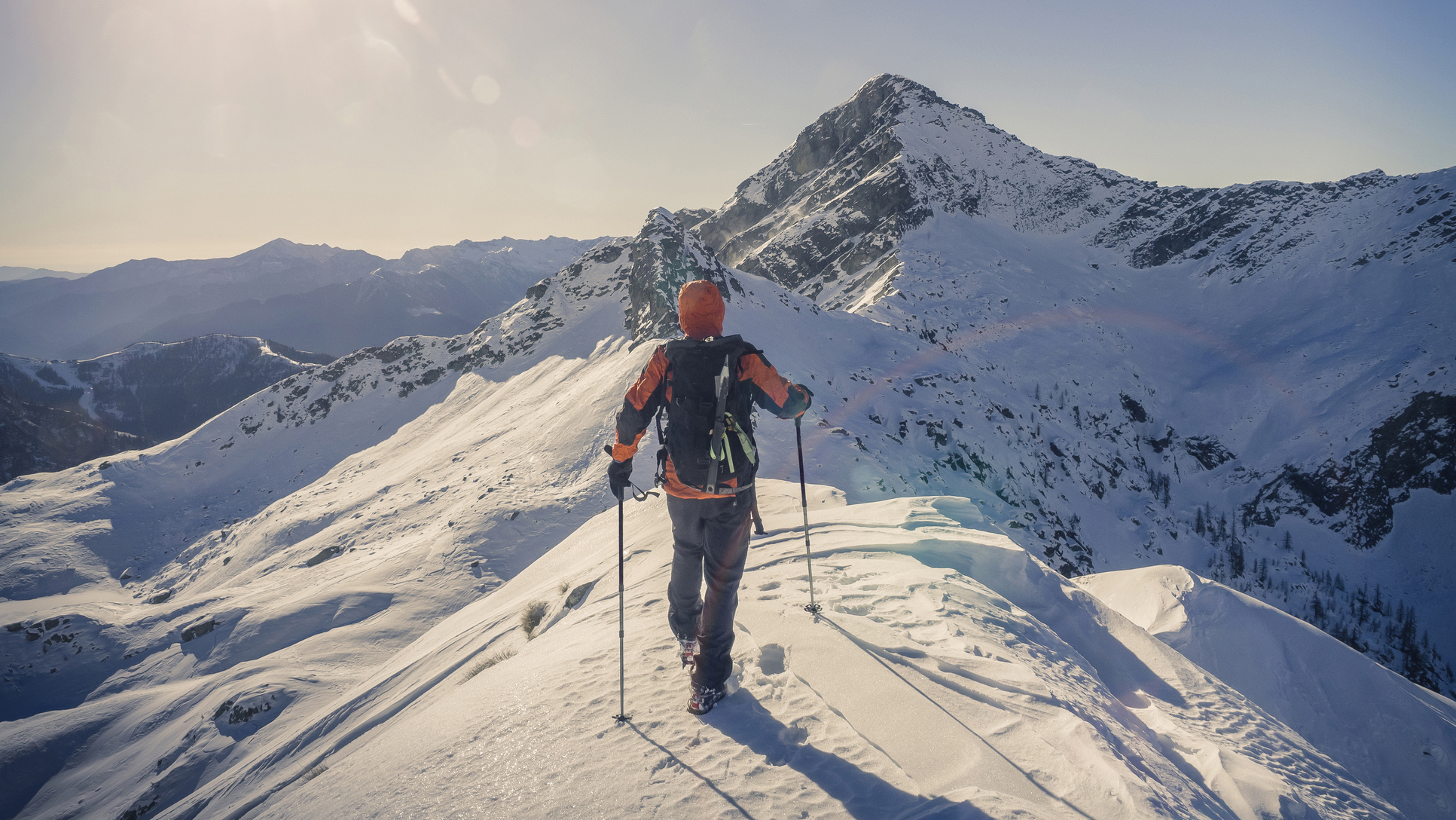Are you prepared for winter conditions? Hikers warned after man rescued by helicopter from Mt. Timpanogos with "frozen feet"
Wintry conditions have arrived in Utah's Rockies and hikers need to be skilled and prepared

Fall colors might abound on low-lying trails right now, but winter conditions have arrived on Utah's highest peaks, and one hiker learned the hard way the importance of setting off prepared for the cold this weekend.
According to reporting by Sandy's Gephardt Daily, the man had to be rescued by helicopter Saturday morning from Mount Timpanogos after suffering from "frozen feet."
Though Utah County Sheriff spokesman Sgt. Spencer Cannon describes the man's condition as "mild hypothermia" which wouldn't ordinarily call for a helicopter, he explains that because the man's feet were affected, he was unable to walk off the mountain by himself.
The hiker, who is believed to be in his mid-20s, was airlifted from the scene and driven home after receiving treatment.
“The advice I would give to anyone going up there is to be well-prepared,” says Cannon.
“This person was clearly not. It’s possible he may have encountered some conditions that he was not anticipating."
Mount Timpanogos is the second-highest peak in Utah's Wasatch Range with an elevation of 11,752 feet. Though daytime highs in nearby Salt Lake City remain in the 70s, at high altitudes, freeze-thaw conditions are already present and hiker photos posted to Instagram over the weekend reveal snow on the peak.
All the latest inspiration, tips and guides to help you plan your next Advnture!
"Anytime you go up there, but especially this time of year, you have to plan for the worst. And the worst is that you’re going to either come upon snow or you’re going to get snow and cold weather," says Cannon.

Be prepared for winter hiking
With winter on the way, it's vital to be prepared for winter conditions when venturing into high altitude areas. Keep the following tips in mind if you're setting off on a hike now through the spring:
- Know when to turn back.
- Dress in light, breathable winter layers to help you stay warm and manage sweat.
- Even if it's mild at the trailhead, carry an insulating layer such as a synthetic puffer jacket and a waterproof jacket to wear as a shell and protect against the wind.
- Wear proper hiking socks made from merino wool, and insulated winter hiking boots for snow.
- Carry traction devices such as crampons in case you encounter snow.
- Research your route and check weather conditions before you set off.
- Carry backup navigation tools like a map and compass in addition to GPS.
- Bring a first aid kit with an emergency blanket or shelter.
- Consider investing in a Garmin InReach device so you can signal for help if there is no cell service.
Julia Clarke is a staff writer for Advnture.com and the author of the book Restorative Yoga for Beginners. She loves to explore mountains on foot, bike, skis and belay and then recover on the the yoga mat. Julia graduated with a degree in journalism in 2004 and spent eight years working as a radio presenter in Kansas City, Vermont, Boston and New York City before discovering the joys of the Rocky Mountains. She then detoured west to Colorado and enjoyed 11 years teaching yoga in Vail before returning to her hometown of Glasgow, Scotland in 2020 to focus on family and writing.

